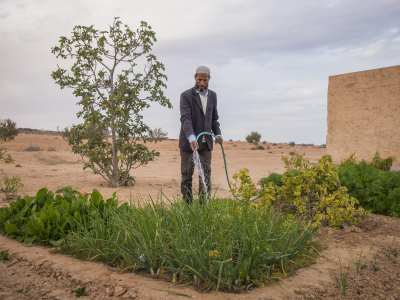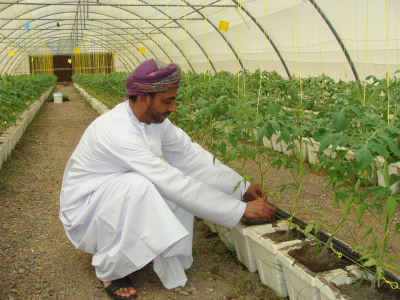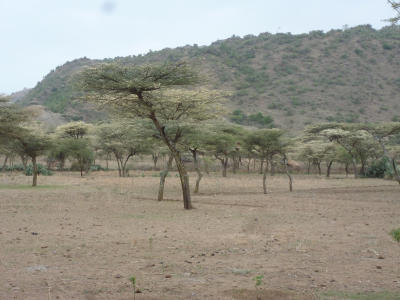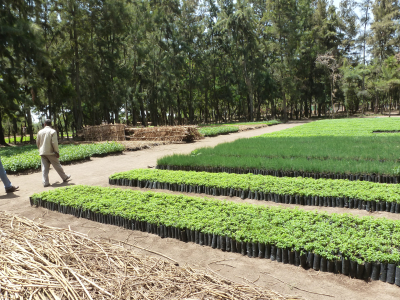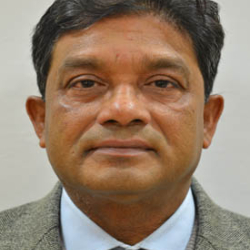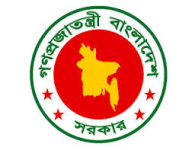The Pulse Research Group at the University of Saskatchewan has the largest lentil, pea, and chickpea breeding programs in North America. It is a major research centre for legume genetic research and breeding. The Pulse Research Group has research partners both nationally and internationally (e.g. ICARDA, UC Davis, Washington State University, USDA-ARS). These institutions together with national pulse research programs in Morocco, Turkey, Bangladesh, Nepal and Spain will participate in this project. Their knowledge and local experience will be key to the success of our international field trials. The research plan will be structured as follow:
1) Sequencing cultivated and wild lentil germplasm;
2) Phenotyping cultivated and wild lentil germplasm in the three main lentil production macro environments;
3) Proof-of-concept: markers for use in lentil breeding;
4) In-depth analysis of beneficial traits: candidate gene identification and refinement of markers for light responses and nitrogen fixation traits;
5) Breeders Toolbox ( tools for interconnecting data and database integration).
